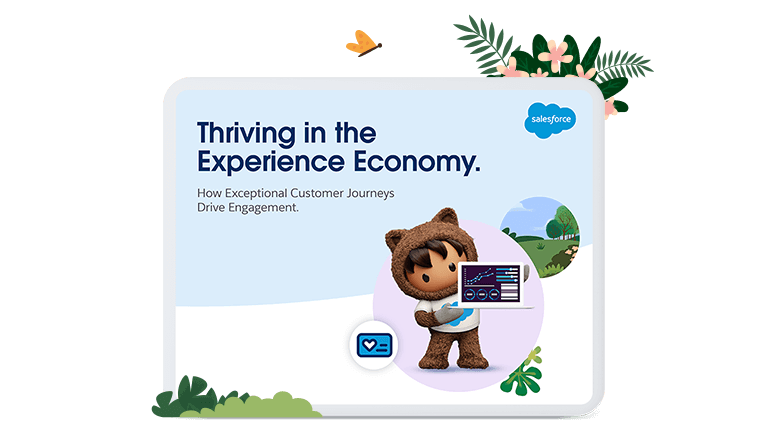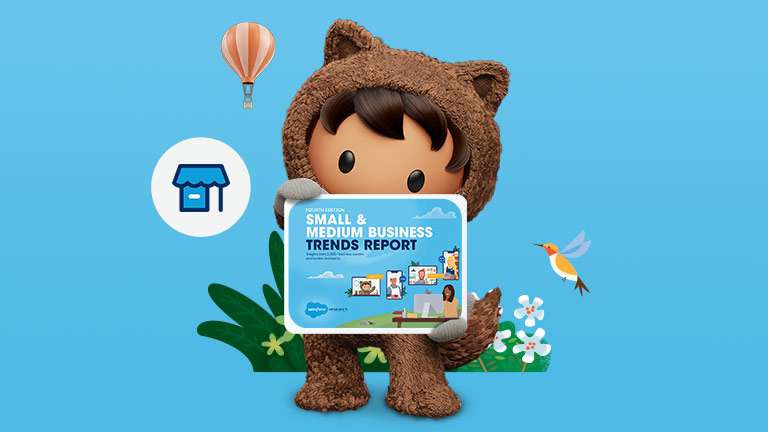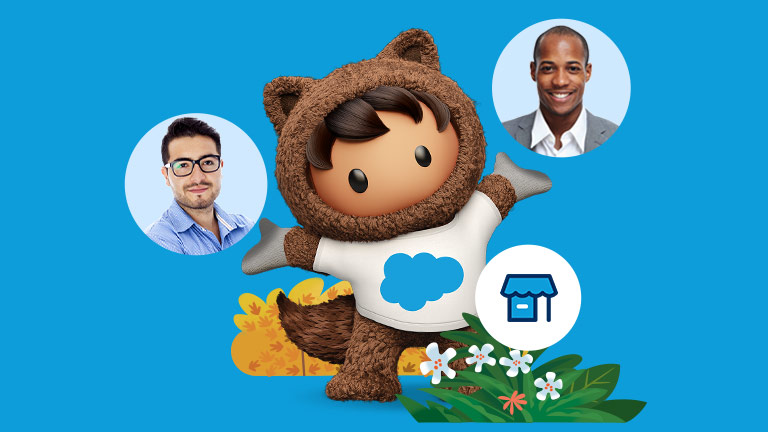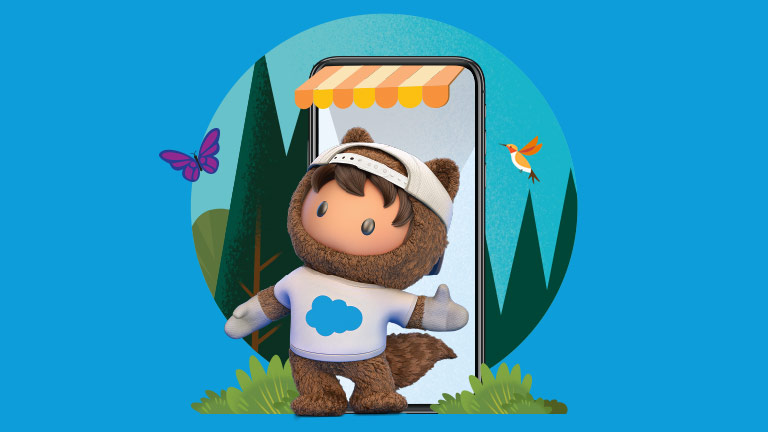Today’s world may be increasingly digital, but people still seek to make personal connections and create emotional relationships – even if those relationships unfold online. In fact, as we spend more time plugged into our devices, the ability to share experiences and communicate with others is more important than ever. Even in the cyberworld we need a sense of community.
With this in mind, it’s easy to see why more and more SMBs are turning their attention towards community management. Community management enables businesses to bring together its customers and workforce, create and nurture relationships, extend its brand voice and offer value to its customer base. Through building and managing its community, businesses can move beyond transactional relationships and focus on creating more fulfilling ones.
What exactly is community management?
Community management refers to how businesses build and maintain their online communities. Every business will have unique objectives for its community, and will want to create a community management strategy that helps it reach its goals.
For instance, you may want to use your brand’s community to offer helpful information, such as tips and how-to content. Or you may want to use it to source UGC (user generated content) for marketing purposes, to improve customer data or to gather feedback for developing new products. Ideally, your community will provide a whole host of benefits for both your business and its customers.
How a community can help your SMB unlock big benefits
Some of the benefits of good community management include:
The ability to showcase the human element of your business. Your brand’s unique voice can act as a differentiator, helping to separate your organisation from its competitors.
The opportunity to solicit feedback for developing new offerings and improving existing ones. After all, no one will understand your products and services like your community.
Connect your internal audience (the workforce) with your external audience (your customers), enabling the workforce to better understand the needs of the customers.
Gather crucial information about your company’s reputation from community message boards and conversations.
Reduce digital marketing costs by generating excitement for new products and services, and by using your community as advocates who will promote your brand to others.
Create more authentic, longer lasting relationships that drive loyalty and increase CLV (customer lifetime value).
Provide assistance, from customers, your internal team and FAQs, helping to increase customer satisfaction and lower service costs.
Gain valuable customer insights that can help optimise your messaging, leading to a more impactful marketing spend and more effective sales plans.
Many organisations have nurtured communities that have become gathering spots for their customers. Apple’s online community has moved beyond offering peer-to-peer support, and is now a popular place where fans create UGC, chat about common interests and share knowledge. If an Apple customer has a question, chances are that they can find an answer in a community thread without ever even needing to contact support.
Meanwhile, our own Salesforce Trailblazer community has connected like-minded Trailblazers across 90 countries. It provides them with a place to share insights, meet up and collaborate. There’s even a gamified platform to learn new skills, empowering users to expand their knowledge and support each other in their new endeavours.
5 Steps for creating a winning community management strategy
When you’re thinking about how you want to build and manage your community, there are a few basic building blocks to consider. Here are 5 steps that can help you build the perfect place for your people.
Choose your social media channel. Evaluate your target audience and look at the demographics. Where do they like to spend their time? If your audience is professionals, you may want to look at creating a LinkedIn community. If you’re casting a broad net, Facebook might be appropriate. If your target audience trends younger, you may want to consider TikTok. Your target audience will go a long way towards determining where you’ll interact with them. You can then tailor your community and content to the strengths of that platform.
Have a consistent voice. The platforms you choose will help determine your content, but you’ll want to ensure you provide a consistent voice and experience across channels. For example, if you’re playful on Snapchat, it can be difficult to position yourself as a subject-matter expert on LinkedIn. Remember that your voice will go a long way towards defining your relationship with your community. In many ways, this will be your community brand.
Look at your competitors. One of the best ways to provide value is to look at what’s already out there. Spend some time looking at the communities of your competitors. How are they engaging? What channels are they using? What’s their voice? What kind of content are they offering? What are they doing well? What could they be doing better? How much time did you spend in their community? By looking for gaps in their offerings, you can ensure that you provide something new.
Choose your KPIs. If you have a goal for your customer community, you’ll want to choose KPIs (key performance indicators) to track your progress. For instance, if you want to leverage your community to reduce the burden on service teams, you can measure how much interaction there is with community-based knowledge bases. If your goal is to simply increase awareness of your business, you can track new followers or how many likes your content is receiving. It’s important not to focus solely on these types of KPIs. The goal should ultimately be to build more meaningful relationships.
Create a content calendar. You know your target audience. You know what platform your community likes. You know what your competitors are offering. And you know how you want to measure success. All of these things will help you figure out how to engage your audience. You’ll want to come up with a schedule for how often you’ll post on social media. Additionally, you may want to create videos, long-form blog posts, podcasts, whitepapers or eBooks. Consider what will add the most value for your customers, and tailor your content to meet their needs.
Community management is a constant process, so relax and enjoy the ride
It can be easy to stress out about managing and optimising all the different aspects of your community. After all, a stray tweet or infighting by community members can send the wrong message about your brand. And if you’re not hitting your KPIs, you may find yourself under even more pressure.
But it’s important to remember that communities are about relationships. Relationships can take time to blossom. But if you focus on customer-centricity and building two-way relationships, you’re well on your way to building a better business.
To see more about how to create exceptional customer experiences, download our eBook, Thriving in the Experience Economy.






